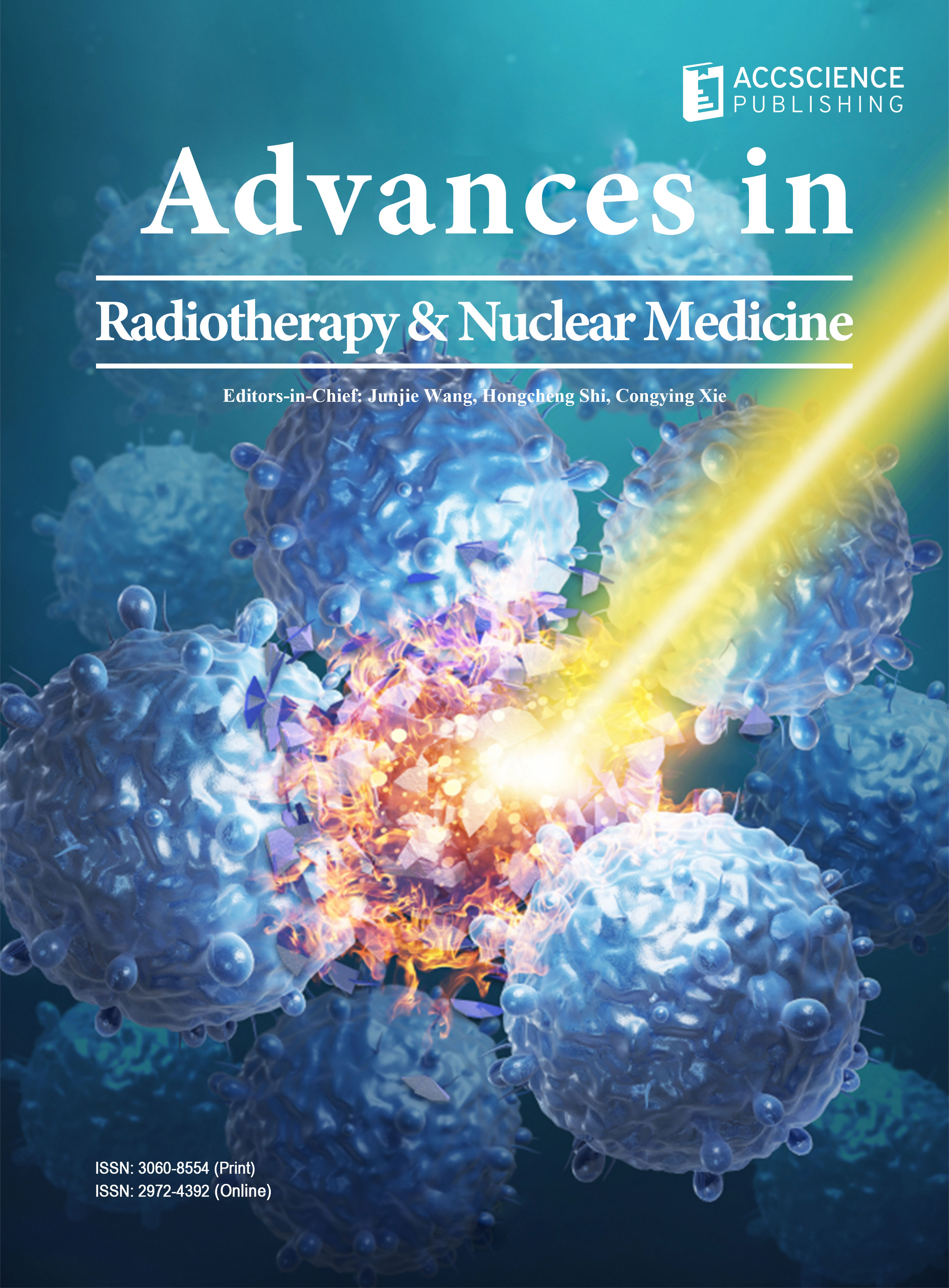18F-FDG positron emission tomography-computed tomography and Richter transformation: A retrospective study with a cohort of 12 consecutive patients

Richter transformation (RT) refers to a transformational process of chronic lymphocytic leukemia (CLL) into a more aggressive form. CLL is considered an indolent lymphoma with no avidity to 18F-fluorodeoxyglucose positron emission tomography/computed tomography (18F-FDG PET/CT). RT transforms CLL into a diffuse large B-cell lymphoma, Hodgkin’s lymphoma, or prolymphocytic leukemia, and the lymphoid tissue becomes highly FDG avid. The main value of 18F-FDG PET/CT in CLL patients lies in its ability to exclude RT with high negative predictive value and identify sites of increased 18F-FDG uptake that is suitable for biopsy. In our retrospective analysis, we examined 12 patients suspected of RT, who were included in our study between November 2018 and December 2022. 18F-FDG PET/CT was considered for patients with enlarged lymph node, fever, and elevated lactate dehydrogenase levels. A cutoff standardized uptake value (SUVmax) = 5 was chosen empirically based on our institutional practice. Extranodal disease was suspected if abnormal 18F-FDG uptake was observed in the liver, spleen, bone marrow, or another organ. In this study, the specificity of 18F-FDG PET/CT was 44.5%, with positive and negative predictive values of 37.5% and 100%, respectively. Frequencies of cases with increased uptake of 18F-FDG in the “only nodal sites” and “nodal and extranodal sites,” relative to positive biopsies, were 20% and 66%, respectively.
- Albano D, Camoni L, Rodella C, Giubbini R, Bertagna F. 2-[18F]-FDG PET/CT role in detecting richter transformation of chronic lymphocytic leukemia and predicting overall survival. Clin Lymphoma Myeloma Leuk. 2021;21:e277-e283. doi: 10.1016/j.clml.2020.12.003
- Wąsik-Szczepanek E, Szymczyk A, Szczepanek D, et al. Richter syndrome: A rare complication of chronic lymphocytic leukemia or small lymphocytic lymphoma. Adv Clin Exp Med. 2018;27(12):1683-1689. doi: 10.17219/acem/75903
- Bruzzi JF, Macapinlac H, Tsimberidou AM, et al. Detection of Richter’s transformation of chronic lymphocytic leukemia by PET/CT. J Nucl Med. 2006l;47:1267-1273.
- Mauro FR, Chauvie S, Paoloni F, et al. Diagnostic and prognostic role of PET/CT in patients with chronic lymphocytic leukemia and progressive disease. Leukemia. 2015;29(6):1360-1365. doi: 10.1038/leu.2015.21
- Shaikh F, Janjua A, Van Gestel F, Ahmad A. Richter transformation of chronic lymphocytic leukemia: A review of fluorodeoxyglucose positron emission tomography-computed tomography and molecular diagnostics. Cureus. 2017;9(1):e968. doi: 10.7759/cureus.968
- Tsimberidou AM, O’Brien S, Khouri I, et al. Clinical outcomes and prognostic factors in patients with Richter’s syndrome treated with chemotherapy or chemoimmunotherapy with or without stem-cell transplantation. J Clin Oncol. 2006;24(15):2343-2351. doi: 10.1200/JCO.2005.05.0187
- Gonzalez D, Martinez P, Wade R, et al. Mutational status of the TP53 gene as a predictor of response and survival in patients with chronic lymphocytic leukemia: Results from the LRF CLL4 trial. J Clin Oncol. 2011;29(16):2223-2229. doi: 10.1200/JCO.2010.32.0838
- Tam CS, Shanafelt TD, Wierda WG, et al. De novo deletion 17p13.1 chronic lymphocytic leukemia shows significant clinical heterogeneity: The M. D. Anderson and Mayo Clinic experience. Blood. 2009;114(5):957-964. doi: 10.1182/blood-2009-03-210591
- Mayr C, Speicher MR, Kofler DM, et al. Chromosomal translocations are associated with poor prognosis in chronic lymphocytic leukemia. Blood. 2006;107(2):742-751. doi: 10.1182/blood-2005-05-2093
- Rhodes JM, Mato AR. PET/Computed tomography in chronic lymphocytic leukemia and richter transformation. PET Clin. 2019;14:405-410. doi: 10.1016/j.cpet.2019.03.007
- Papajík T, Mysliveček M, Urbanová R, et al. 2-[18F]fluoro- 2-deoxy-D-glucose positron emission tomography/ computed tomography examination in patients with chronic lymphocytic leukemia may reveal Richter transformation. Leuk Lymphoma. 2014;55:314-319. doi: 10.3109/10428194.2013.802313
- Falchi L, Keating MJ, Marom EM, et al. Correlation between FDG/PET, histology, characteristics, and survival in 332 patients with chronic lymphoid leukemia. Blood. 2014;123(18):2783-2790. doi: 10.1182/blood-2013-11-536169

